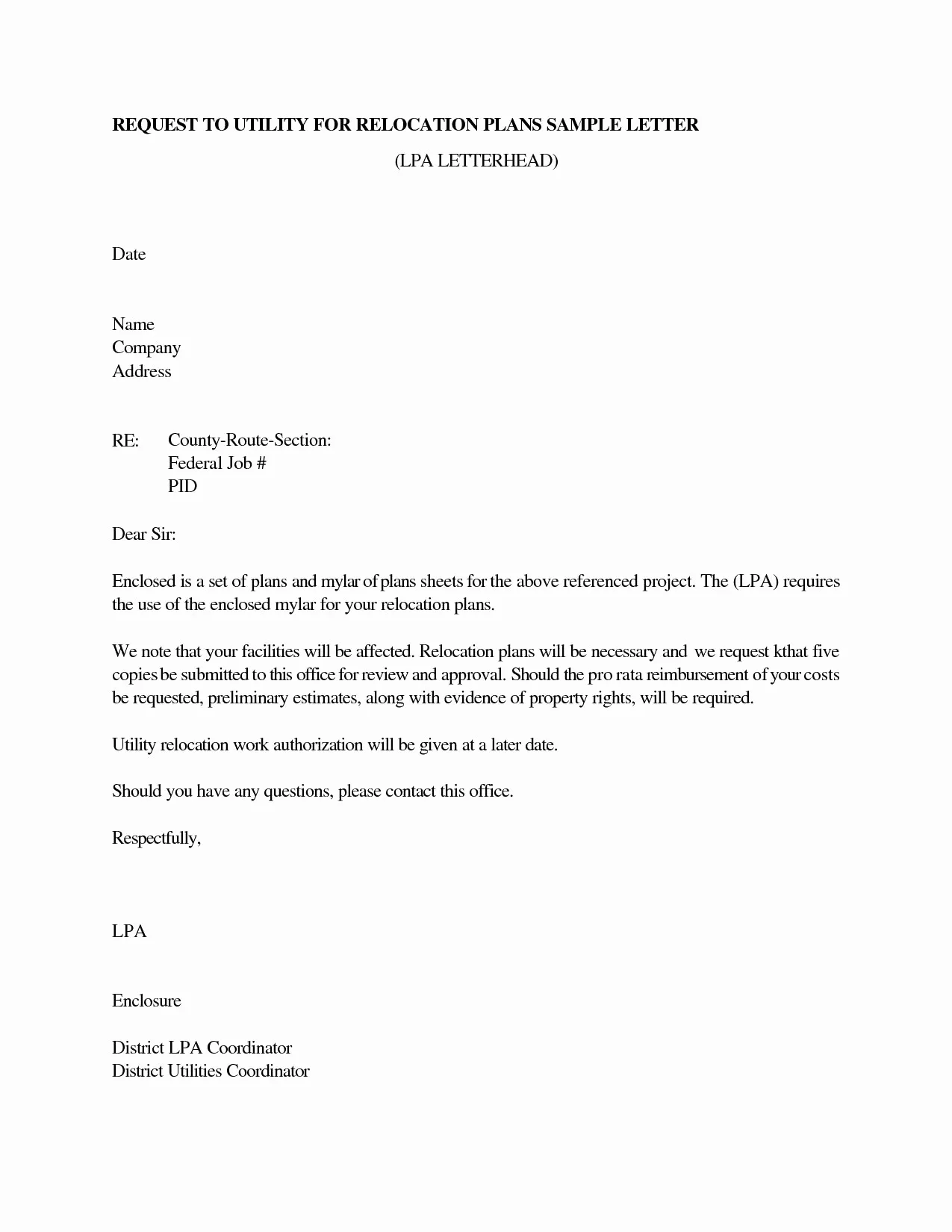Crafting Your Teacher Cover Letter
A well-crafted teacher cover letter is your first opportunity to make a positive impression on a potential employer. It’s more than just a formality it’s your chance to showcase your passion for teaching, highlight your relevant experience, and explain why you’re the perfect fit for their school. This guide will walk you through the process of creating a compelling cover letter that grabs attention and sets you apart from other applicants. Remember, your cover letter should complement your resume by providing context, expanding on your achievements, and expressing your enthusiasm for the position.
Understanding the Purpose of a Teacher Cover Letter
The primary purpose of a teacher cover letter is to introduce yourself, express your interest in a specific teaching position, and demonstrate how your skills and experience align with the school’s needs. It serves as a personal introduction, allowing you to communicate your unique qualifications and teaching philosophy. It also provides a space to explain gaps in your resume, address specific requirements mentioned in the job description, and ultimately convince the hiring committee that you’re the ideal candidate. A strong cover letter showcases your personality and passion for education, making you more than just a list of qualifications on paper.
Highlighting Your Teaching Experience
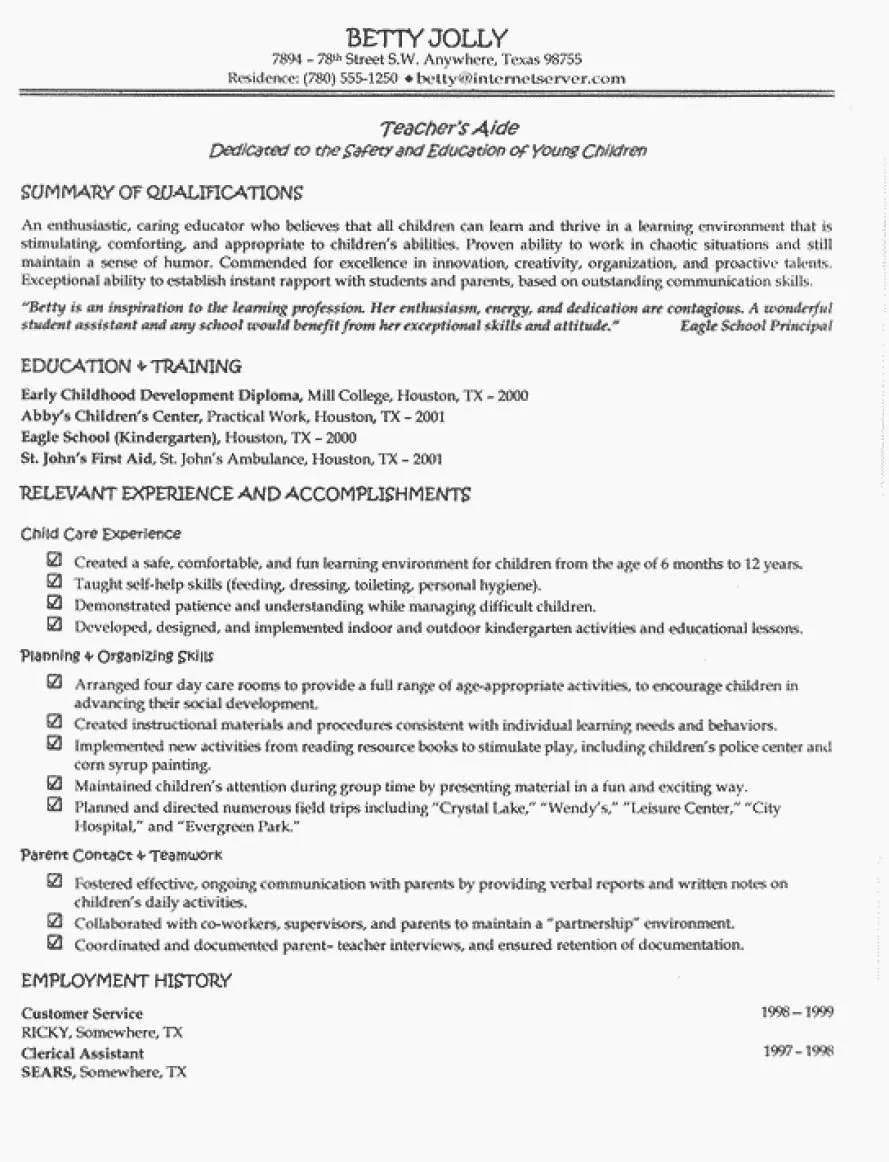
Your teaching experience is the cornerstone of your cover letter. Focus on relevant experiences, such as classroom teaching, student teaching, tutoring, or curriculum development. When describing each experience, emphasize your role, the grade levels you taught, and the subjects you covered. Use action verbs to showcase your responsibilities and accomplishments, such as ‘developed,’ ‘implemented,’ ‘assessed,’ and ‘collaborated.’ Be specific and provide concrete examples of how you successfully managed classrooms, engaged students, and improved their learning outcomes. Showcase your experience in diverse educational settings to show flexibility.
Quantifying Your Achievements
Instead of just stating what you did, quantify your achievements whenever possible. Use numbers and data to demonstrate your impact. For example, instead of saying ‘Improved student test scores,’ state ‘Improved student test scores by 15% in one academic year.’ Mention the number of students you have taught or mentored, the percentage of students who achieved specific learning goals, or any awards or recognitions you received. Quantifiable achievements provide concrete evidence of your effectiveness and make your cover letter more compelling. Make sure these achievements align with what the school is looking for and focus on areas where you excelled.
Showcasing Your Skills and Qualities
Beyond your experience, your cover letter should highlight your key skills and qualities that make you a successful teacher. Consider the specific requirements listed in the job description and address them directly. Mention your ability to differentiate instruction, manage a classroom effectively, communicate with parents, and use technology in the classroom. Showcase your adaptability, your commitment to student success, and your passion for lifelong learning. Examples of qualities to include are patience, enthusiasm, creativity, and strong communication skills. Always back up these qualities with examples of how you have demonstrated them in the past.
Tailoring Your Cover Letter to the Specific School
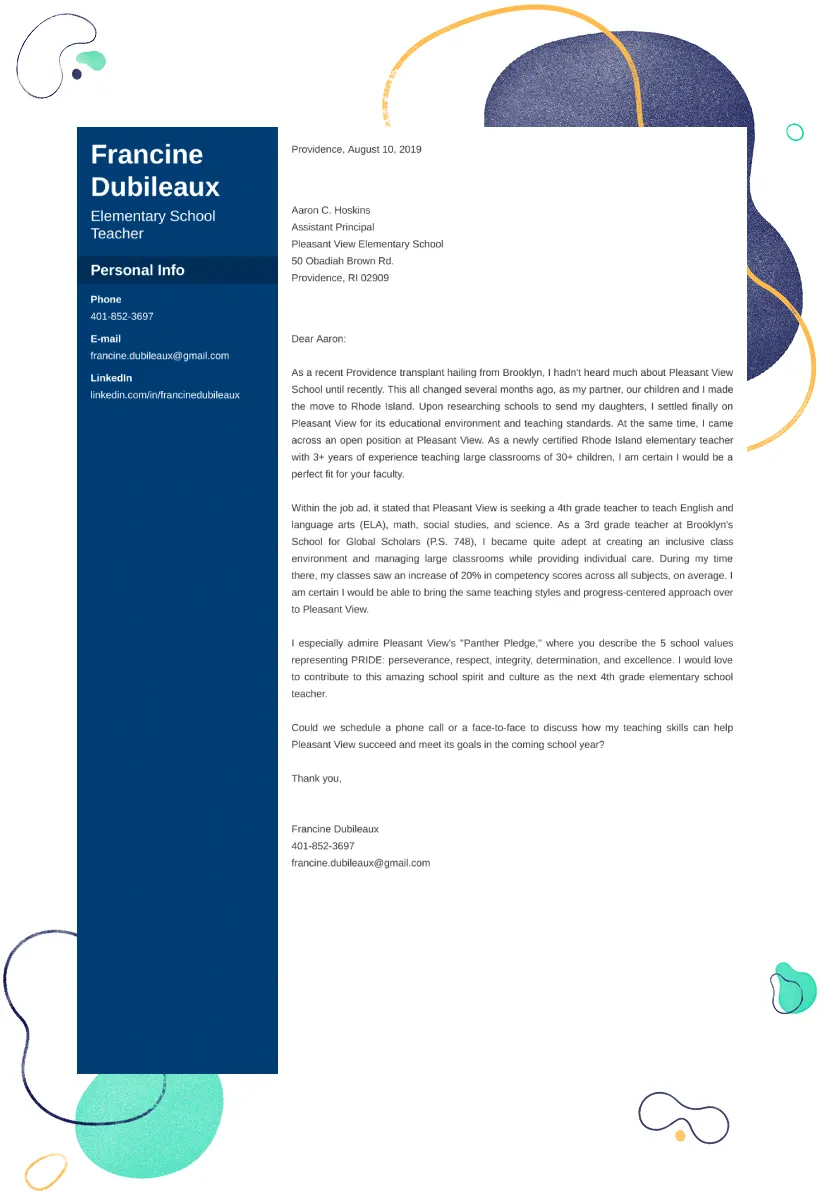
Avoid sending out generic cover letters. Customizing your letter for each school is crucial. Research the school’s mission, values, and specific needs. Refer to the job description and address the specific requirements and desired qualifications. Mention why you are interested in that particular school and how your skills and experience align with their educational philosophy. Showing that you’ve taken the time to understand the school demonstrates your genuine interest and increases your chances of getting an interview. Show that you have a clear understanding of their expectations and that you are a great fit.
Formatting and Structure
A well-formatted cover letter is easy to read and visually appealing. Use a professional font, such as Times New Roman or Arial, in a readable size (11-12 points). Use standard margins (1 inch on all sides) and single-space your text. Divide your letter into logical paragraphs with clear headings to make it easy for the reader to follow. Ensure your cover letter is concise and typically should not exceed one page. Include your contact information, the date, and the hiring manager’s name and title (if available). Proofread the letter carefully to eliminate any typos or grammatical errors, as it reflects professionalism.
Essential Elements of a Teacher Cover Letter
Every teacher cover letter should include these key elements. Start with a professional heading with your name, address, phone number, and email address. Then, include the date and the hiring manager’s name, title, and the school’s address. Use a clear and concise opening paragraph to state your interest in the position. The body paragraphs should highlight your teaching experience, skills, and achievements, and explain why you’re a good fit for the school. The closing paragraph should reiterate your interest, thank the hiring manager for their time, and include a call to action, such as stating your availability for an interview. Finally, always include a professional closing like ‘Sincerely’ or ‘Respectfully,’ followed by your typed name.
The Opening Paragraph
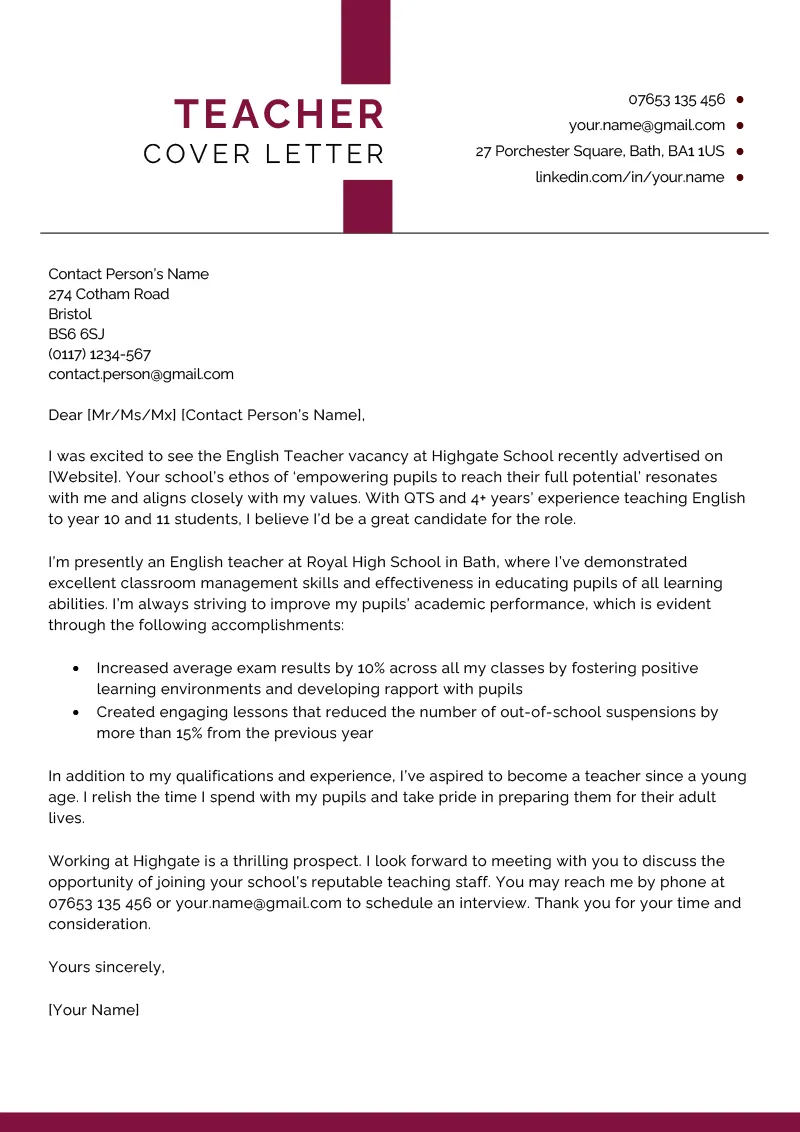
The opening paragraph is your first chance to make a strong impression. Start by clearly stating the specific teaching position you are applying for and where you found the job posting. Briefly mention your relevant experience and skills, and then express your enthusiasm for the opportunity. Avoid generic phrases like ‘I am writing to express my interest.’ Instead, make your opening statement engaging and specific. For example, ‘I am writing to express my keen interest in the 5th-grade teacher position at [School Name], as advertised on [Platform].’ Mention something that caught your eye about the school to make it more personalized.
The Body Paragraphs
The body paragraphs should expand on your qualifications and provide more details about your teaching experience, skills, and achievements. Use specific examples to support your claims. Describe your classroom management strategies, your approach to differentiated instruction, and any special programs you have experience with. Focus on achievements that align with the school’s needs and mission. Highlight any successful projects or initiatives you have implemented. Use action verbs and quantify your accomplishments. Showcasing how your experiences directly benefit the school will greatly increase your chances of getting an interview and ultimately, the job.
The Closing Paragraph
The closing paragraph should reiterate your interest in the position and thank the hiring manager for their time and consideration. Express your enthusiasm for the opportunity to discuss your qualifications further. Include a call to action, such as stating that you are available for an interview at their earliest convenience or that you look forward to hearing from them soon. End with a professional closing, such as ‘Sincerely’ or ‘Respectfully,’ followed by your typed name. Make sure your closing paragraph is positive and demonstrates your ongoing interest in the position. Include your contact information if it is not in the heading.
Proofreading and Editing Your Cover Letter
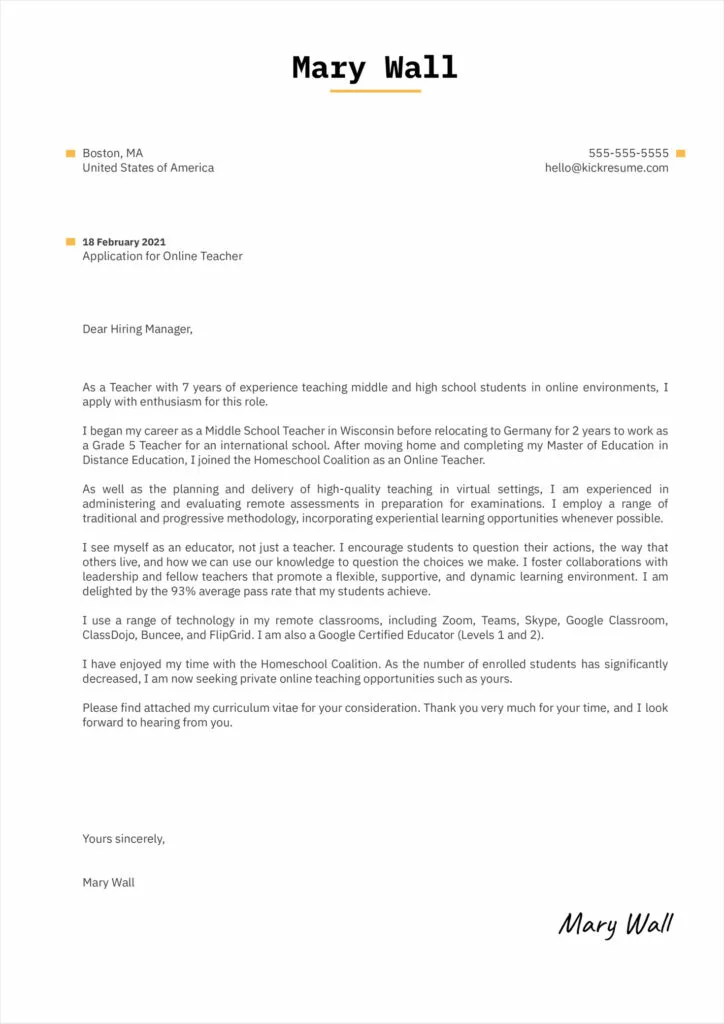
Before submitting your cover letter, thoroughly proofread and edit it. Check for any typos, grammatical errors, and inconsistencies. Ensure your letter is clear, concise, and easy to read. Ask a friend, colleague, or mentor to review your letter for feedback. They can often catch errors or suggest improvements that you might have missed. Pay attention to the overall tone and ensure it is professional and enthusiastic. Proofreading is an essential step in the process and can be the difference between landing the job or getting passed over. Ensure that your letter is free from errors before submitting it.
